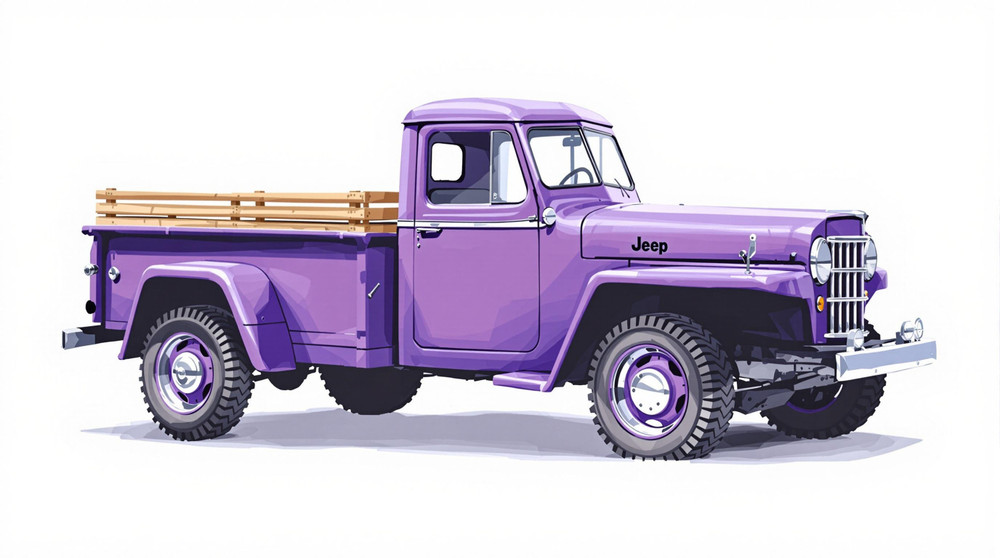Image of 1948 Jeep Willys, Note: These illustrations use artistic license and may differ from actual historical models.
Performance Metrics
Fundamental Metrics
Emotional Appeal
MMP Rating
| Engine Specifications | |
|---|---|
| Engine: | L134 Go Devil I4 |
| Displacement: | 134.2 cu in (2.2 L) |
| Horsepower: | 60 hp at 4000 rpm |
| Torque: | 105 lb-ft at 2000 rpm |
| Compression Ratio: | 6.48:1 |
| Ignition System: | Battery and coil |
| Cooling System: | Liquid-cooled |
| Performance Specifications | |
| 0-60 Time: | Not available due to the vehicle's age and purpose |
| 1/4 Mile Time: | Not available due to the vehicle's age and purpose |
| Top Speed: | 65 mph |
| Transmission and Drive | |
| Drive Type: | 4WD |
| Transmission Type: | T-90 3-speed manual |
| Fuel and Efficiency | |
| Fuel System Type: | Carter WO-596S one-barrel carburetor |
| MPG: | 15-20 mpg |
| Dimensions and Brakes | |
| Brakes: | Hydraulic drum brakes |
| Wheelbase: | 80 in (2,032 mm) |
| Weight: | 2,127 lb (965 kg) |
Note: Specifications for classic cars are given to the best of our ability, considering the limited and variant data available.
The Unyielding Legacy of the 1948 Jeep Willys
The 1948 Jeep Willys is not just a vehicle; it's a symbol of resilience and American ingenuity. Born from the urgency of wartime, the Willys MB emerged as a hero of World War II, and its peacetime sibling, the 1948 Jeep Willys, carried that legacy forward. Manufactured by Willys-Overland Motors, a company that played a pivotal role in the war effort, this vehicle is steeped in history. Its unique fact lies in its transition from a military workhorse to a civilian all-purpose utility vehicle, capturing the hearts of Americans post-war.
Design and Innovation
The 1948 Jeep Willys retained the rugged and utilitarian charm of its military predecessor. Its exterior styling was simple yet iconic, with a flat, vertical grille, round headlights, and a compact body that exuded toughness. Inside, the Jeep was Spartan, with basic materials that prioritized function over luxury. However, for its time, the Jeep was innovative with its four-wheel-drive system, which was a rarity among civilian vehicles. Color options were typically utilitarian, with Forest Green being a popular choice among the few available hues. The most iconic body style was undoubtedly the CJ (Civilian Jeep) series, which became synonymous with adventure and freedom.
Historical Significance
The 1948 Jeep Willys wasn't just a car; it was a cultural phenomenon that influenced the automotive landscape. It set itself apart with its go-anywhere capability and versatility. It was a precursor to the modern SUV and inspired a whole new vehicle segment focused on off-road and recreational use. The Jeep's lasting influence is evident in the countless off-road vehicles that have followed in its tire tracks.
Performance and Handling
Under the hood, the 1948 Jeep Willys was powered by the reliable "Go Devil" engine, which provided enough grunt to tackle steep inclines and rough terrain. While top speed and acceleration were modest by today's standards, the Jeep's performance was measured in its ability to traverse landscapes other vehicles wouldn't dare approach. The handling was straightforward and utilitarian, with drivers feeling every bump and turn, connecting them intimately with the road—or lack thereof.
Ownership Experience
The Jeep Willys became popular for various uses, from daily driving to farming, to off-roading adventures. Its maintenance was relatively easy due to its simple design and widespread availability of parts—a boon for the average owner. The straightforward mechanics meant that many repairs could be done at home with basic tools.
Fun Facts
The 1948 Jeep Willys has been owned by celebrities and featured in countless films, symbolizing rugged adventure. While not known for breaking speed records, it set the benchmark for endurance and versatility. Common criticisms included a lack of comfort features and on-road refinement, but these were often overshadowed by its off-road prowess.
Collector's Information
Today, the 1948 Jeep Willys holds a special place in collectors' hearts. While exact production numbers are hard to pin down, it's estimated that hundreds of thousands were produced. Values for these vehicles vary widely based on condition and originality but can range from $10,000 to upwards of $30,000 for well-preserved examples. The market trend shows appreciation for these vehicles as their historical significance and collector interest continue to grow.
Conclusion
The 1948 Jeep Willys is more than just a classic vehicle; it's an enduring piece of American history that reshaped the automotive world. Its design simplicity, off-road capability, and cultural impact have cemented its place as an icon. For enthusiasts and collectors alike, the Jeep Willys is not just an acquisition; it's an inheritance of a storied legacy that continues to captivate and inspire.
1948 Jeep Willys Catalog of Parts
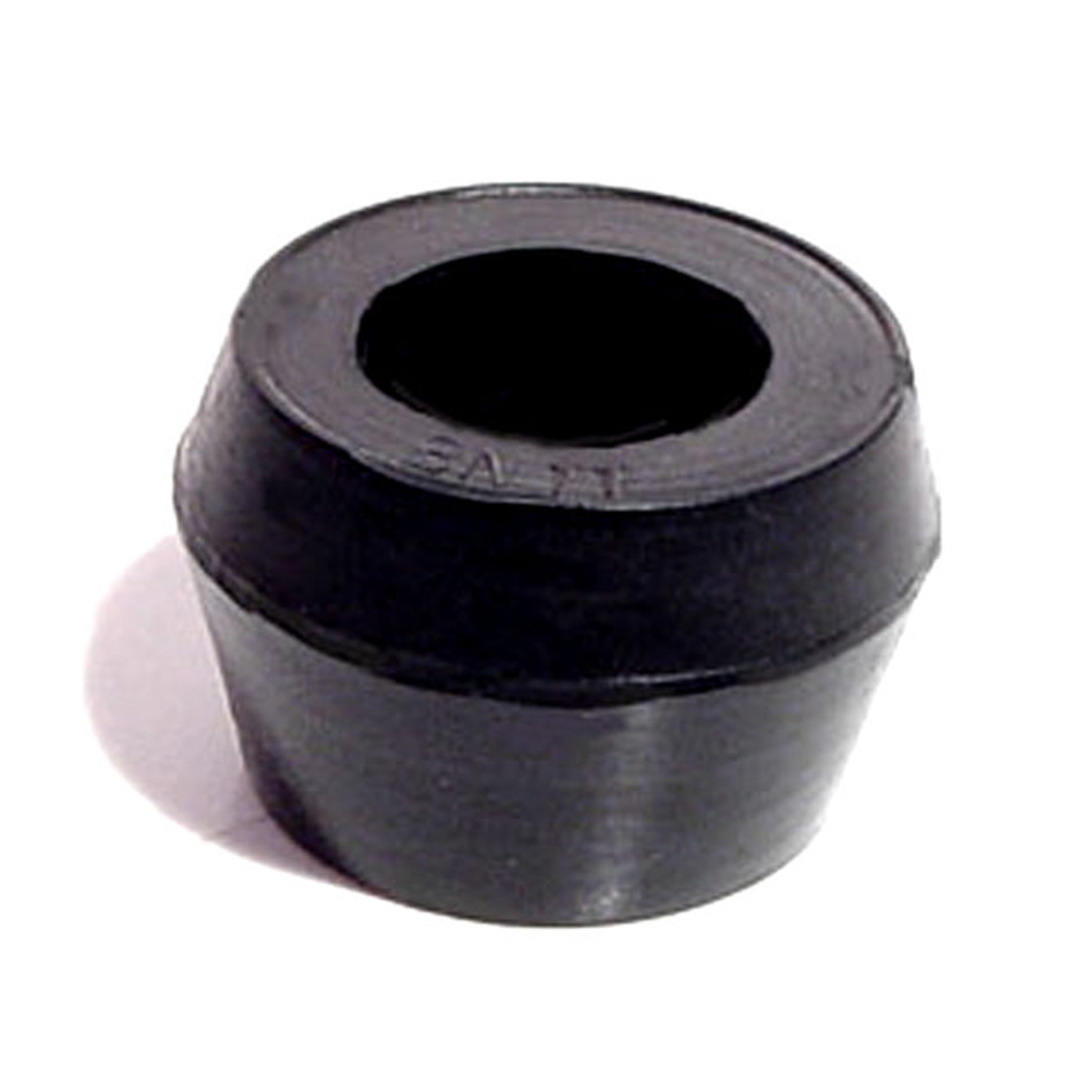 1948 Jeep Willys Shock Absorber Grommet. 1" bottom O.D-BN 11Shock Absorber Grommet. 1" bottom O.D., 3/4" high, with 5/8" I.D. Each
1948 Jeep Willys Shock Absorber Grommet. 1" bottom O.D-BN 11Shock Absorber Grommet. 1" bottom O.D., 3/4" high, with 5/8" I.D. Each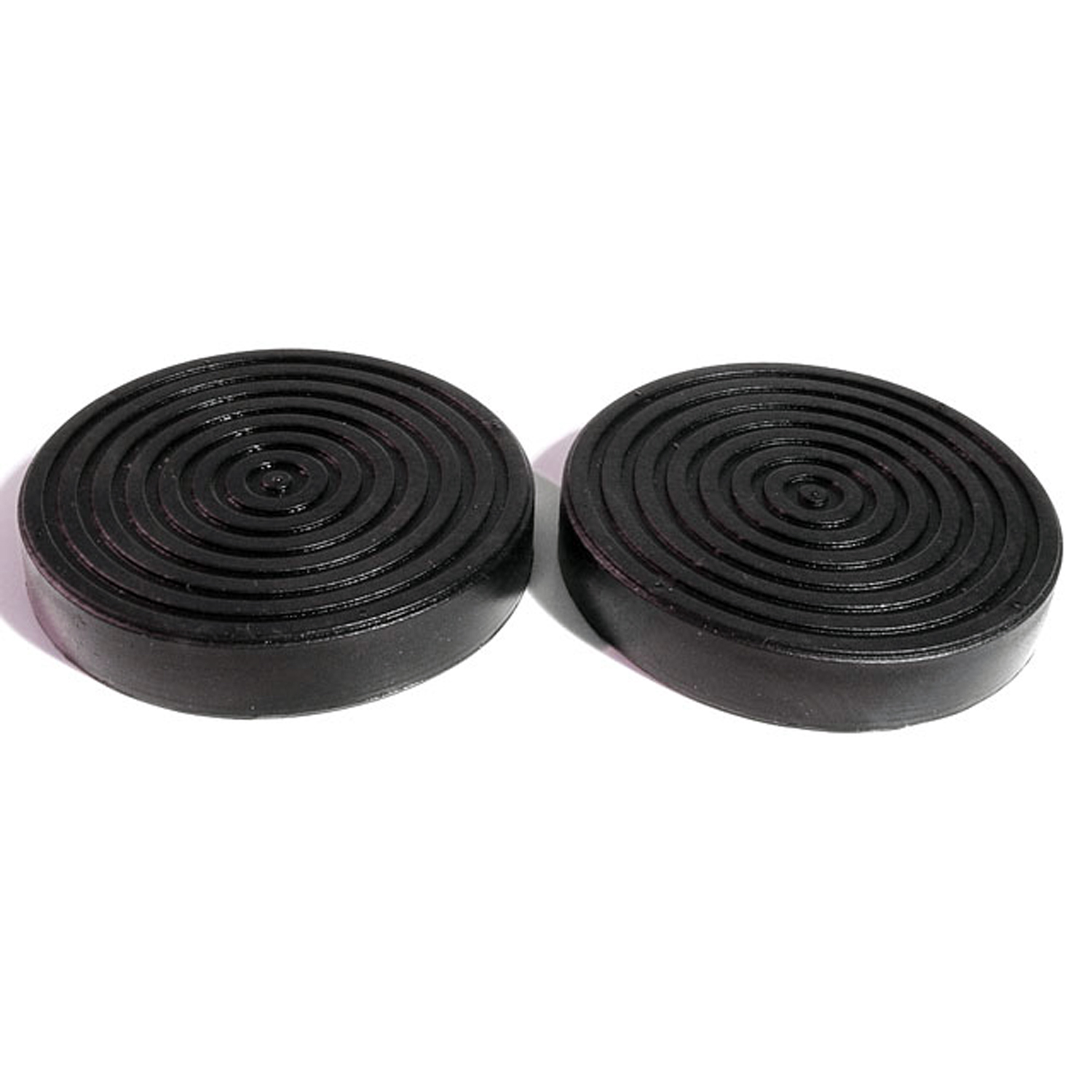 1948 Jeep Willys Clutch and Brake Pedal Pads. 3" Diameter. Pair-CB 61Clutch and Brake Pedal Pads. 3" Diameter. Pair
1948 Jeep Willys Clutch and Brake Pedal Pads. 3" Diameter. Pair-CB 61Clutch and Brake Pedal Pads. 3" Diameter. Pair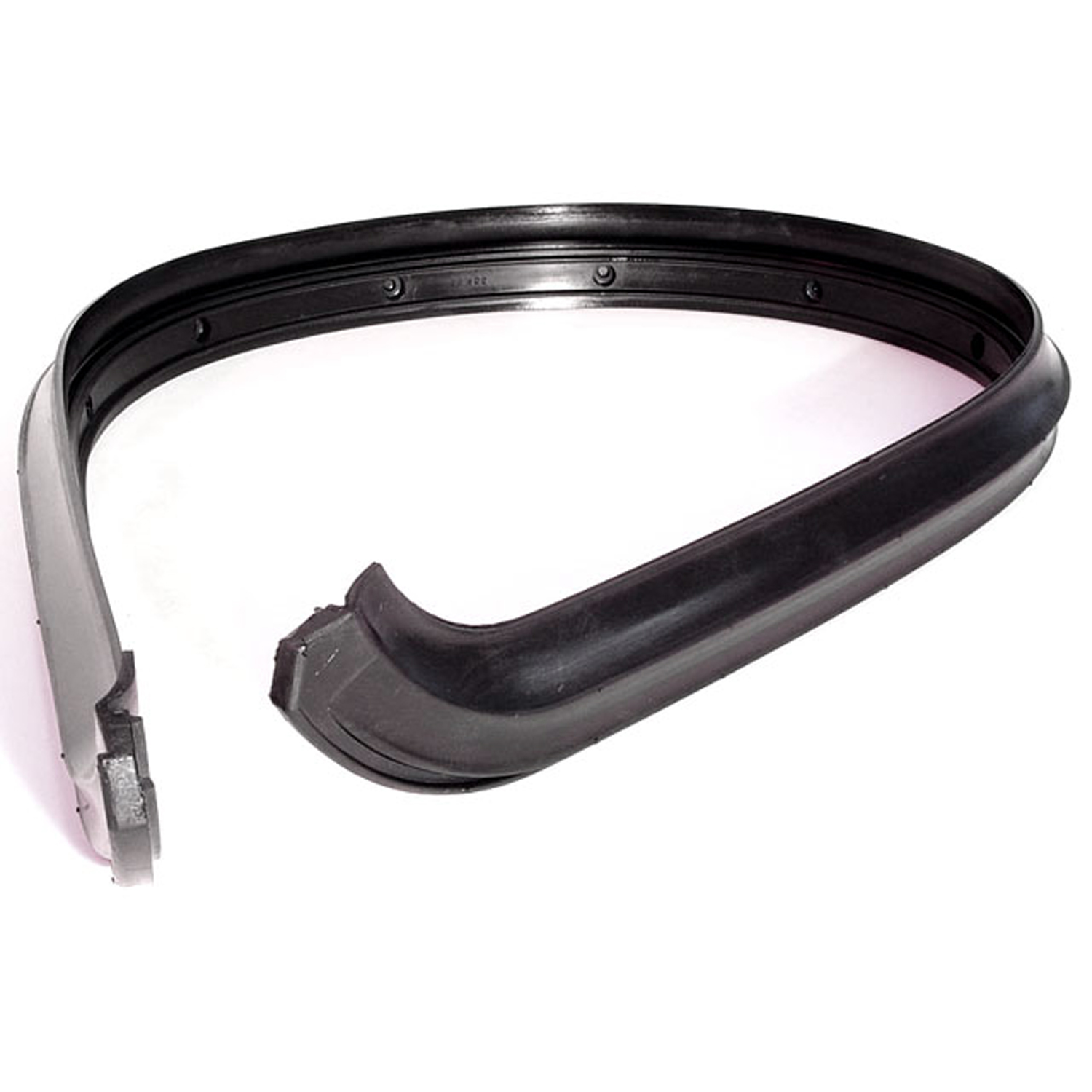 1948 Jeep Willys Windshield to Cowl Seal. 55-1/2" long. Each-CS 102Windshield to Cowl Seal. 55-1/2" long. Each
1948 Jeep Willys Windshield to Cowl Seal. 55-1/2" long. Each-CS 102Windshield to Cowl Seal. 55-1/2" long. Each 1948 Jeep Willys Hood Bumper Block. Made with steel core like original-HF 30Hood Bumper Block. Made with steel core like original. Green in color. 1-1/4" high. Each
1948 Jeep Willys Hood Bumper Block. Made with steel core like original-HF 30Hood Bumper Block. Made with steel core like original. Green in color. 1-1/4" high. Each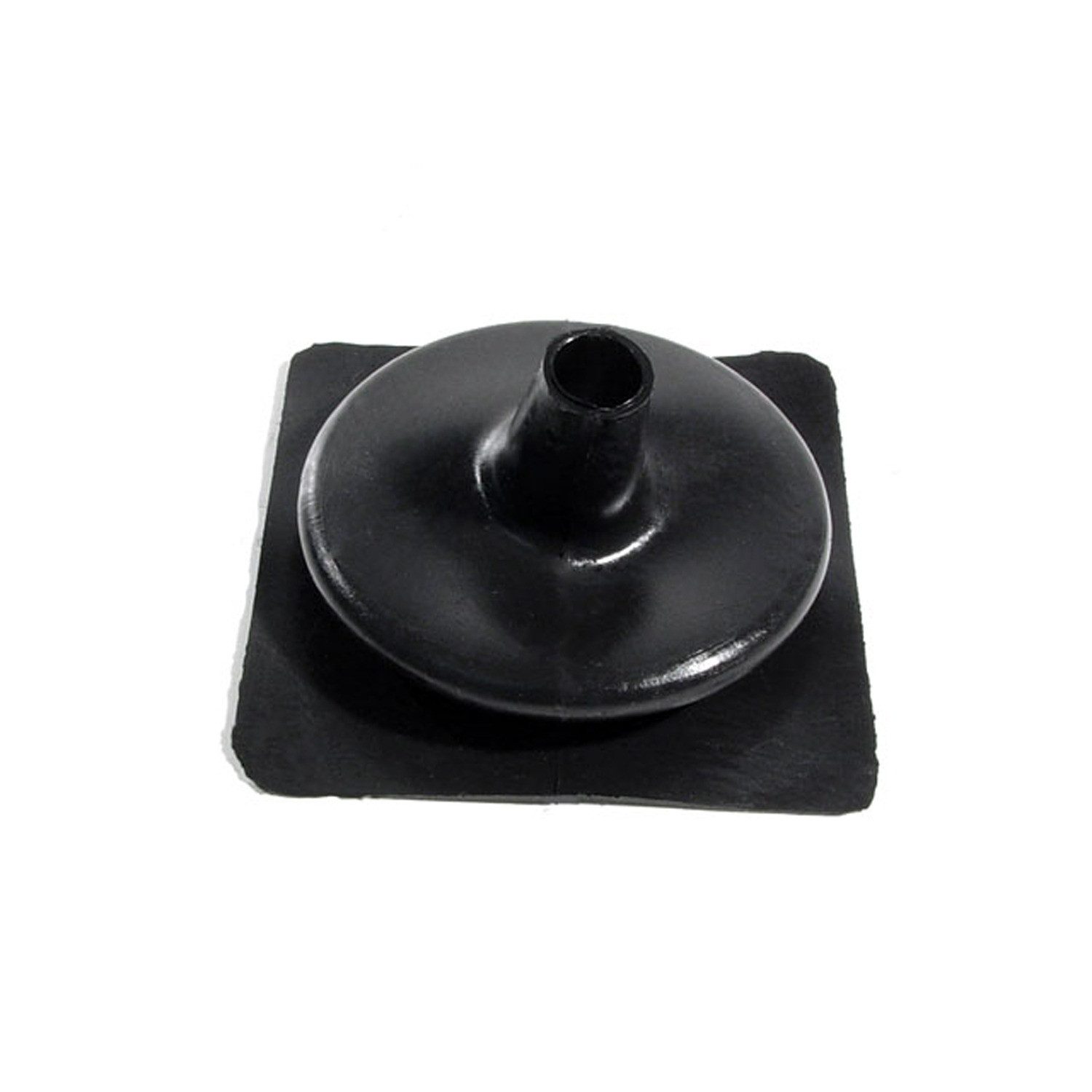 1948 Jeep Willys Dust Boot. For vehicles with power take off. Each-RP 34-JDust Boot. For vehicles with power take off. Each
1948 Jeep Willys Dust Boot. For vehicles with power take off. Each-RP 34-JDust Boot. For vehicles with power take off. Each 1948 Jeep Willys Horn Button Cap, 1-1/4" O.D. Each-RP 600-JHorn Button Cap, 1-1/4" O.D. Each
1948 Jeep Willys Horn Button Cap, 1-1/4" O.D. Each-RP 600-JHorn Button Cap, 1-1/4" O.D. EachWhy Choose Metro?
For over 100 years, Metro Moulded Parts has been the pinnacle of quality in classic car restoration parts. Our commitment to precision and authenticity in every component ensures a perfect fit and an OEM-level appearance.
- Expert Craftsmanship & Quality: Each part is a testament to our dedication to reliability and perfection, crafted from original designs and thoroughly tested.
- Advanced Technology: We use cutting-edge techniques to create flawless, long-lasting parts that surpass others in performance.
- SuperSoft Sponge – The Ultimate Door Seal: Not only are our door seals 30% softer than competitors', but they're also guaranteed to never leak. They effectively reduce wind and road noise, enhancing your classic car's comfort and driving experience.
- Proudly American: Our parts are a product of American craftsmanship, made in the USA with a spirit of excellence and heritage.
- Unrivaled Warranty: We back our products with a 30-year industry-leading warranty, a testament to our confidence in their quality.
Join us in preserving the legacy of classic cars with parts that are crafted for perfection, not just made.

